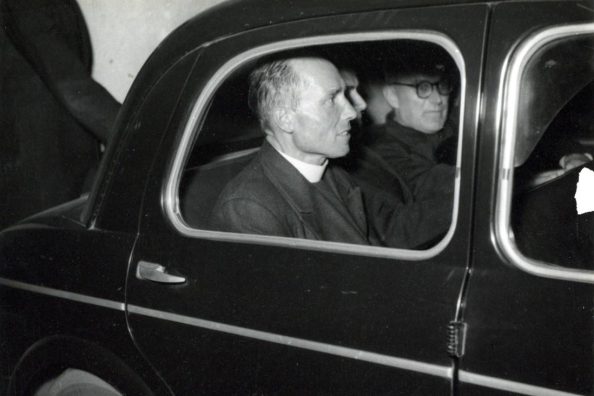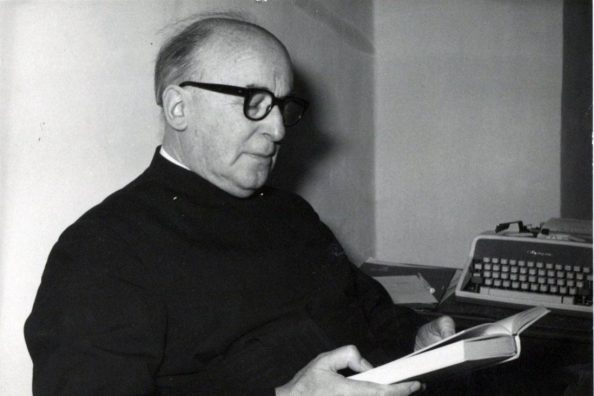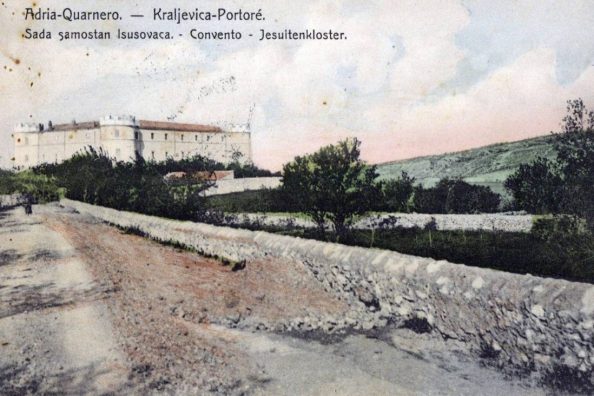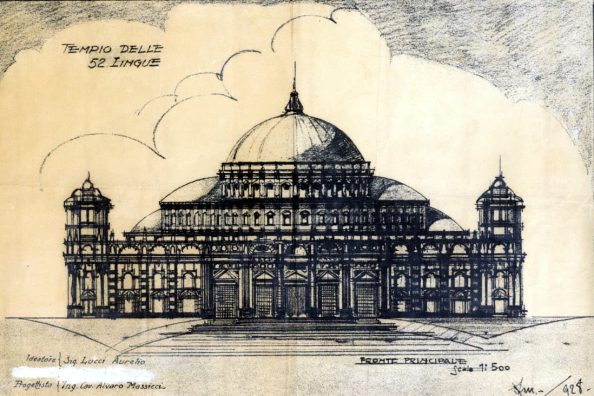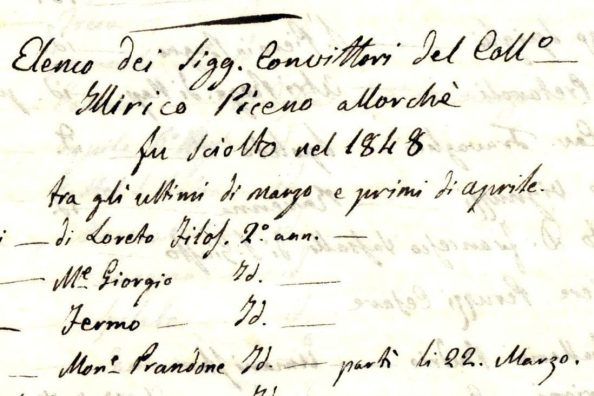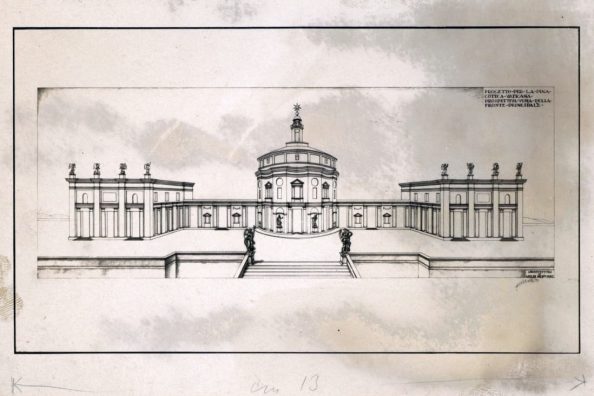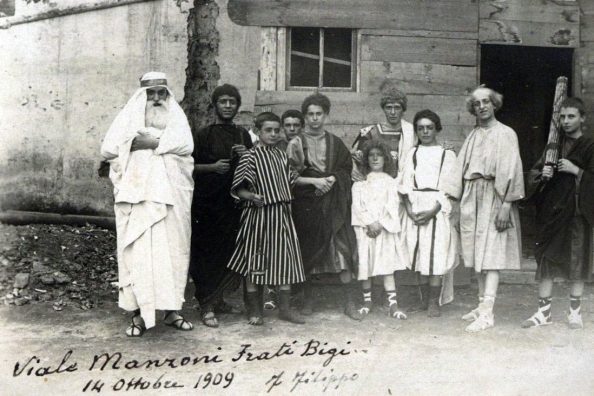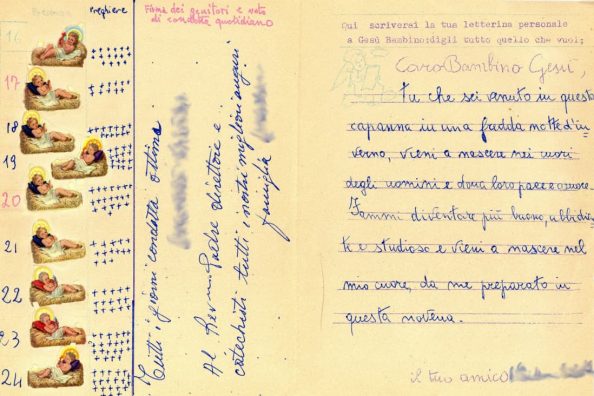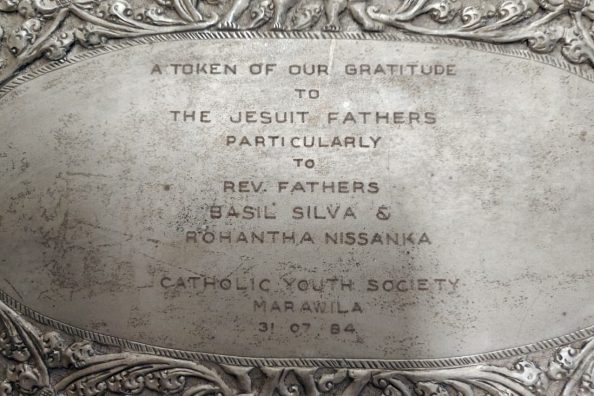The Novitiate of St. Andrew’s at the Quirinal – A History on Display
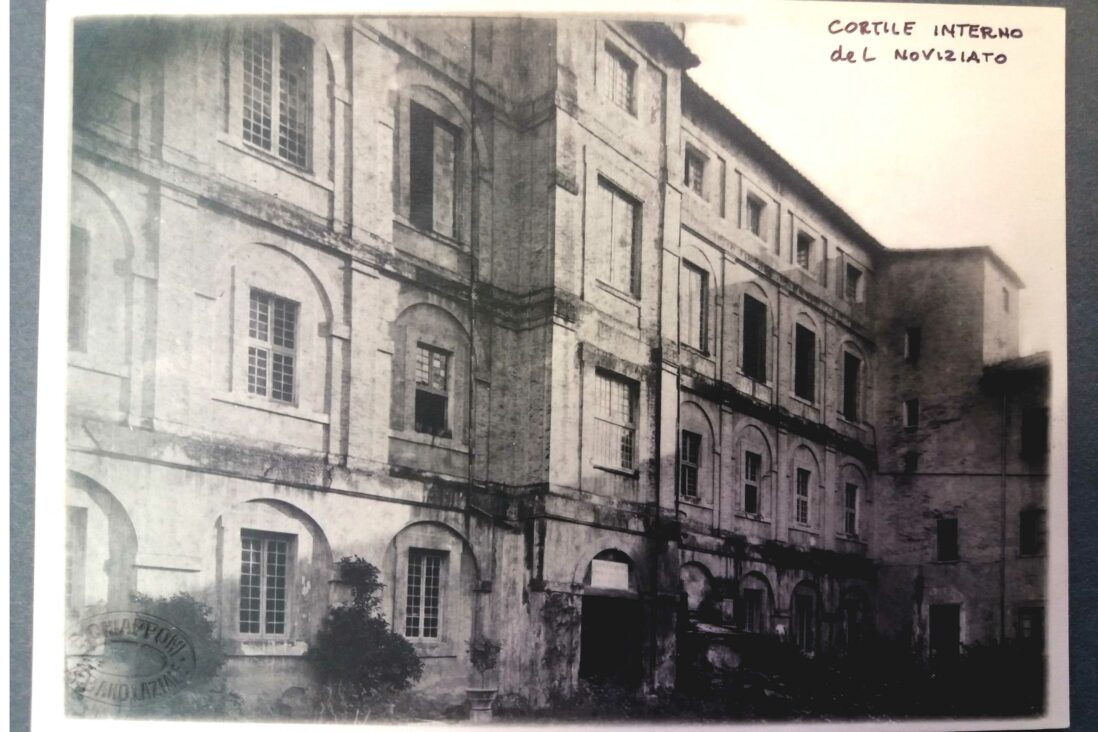
An emblem of the Baroque, a popular destination for tourists and pilgrims for the rooms of St. Stanislaus Kostka, the church of St. Andrew at the Quirinal is one of the best known, studied and visited churches of the Society of Jesus in Rome. Less well known, however, is the history of the novitiate that was annexed to the church, the oldest novitiate of the Society in the Roman Province active since the 1660s and where Jesuits who have gone down in history entered and trained: Matteo Ricci, Alessandro Valignano, Luigi Gonzaga, and, in the 19th century, Angelo Secchi and many others.
The Jesuits who now reside in St. Andrew’s – in a small portion of what was once the novitiate and now houses a carabinieri barracks, preserving the typical architecture of the Society’s houses in the Old Regime – wanted to set up an exhibition to recall the history of the novitiate.
The historical archive provided reproductions of the documents and descriptive cards for the panels. The exhibition enriches the visit of tourists and pilgrims already attracted by the architecture of the church, providing some insights and hints, as well as opening a window on the world of the novices.
The exhibition is accompanied by photos that accompany visitors as they read about the history of the community: they depict the inner courtyard of the novitiate and a pictorial effigy, depicting Mater Pietatis (cf. mid-August feature), originally placed in the gardens of the Novitiate in memory of a spring, no longer in existence, where Stanislaus Kostka used to quench his thirst.
The itinerary, visible in the passage between the church area and the rooms of St. Stanislaus, traces the long history of the novitiate from the 16th century to the present day, passing through the period of the Suppression, the transfer of the novitiate to other cities after the taking of Rome in 1870 and finally the last location, the current one in Genoa.
The novitiate of St. Andrew’s closed definitively on 19 December 1871, the seat was then placed in different cities of the Province: Castel Gandolfo, Ariccia, Frascati.
Our archives preserve the registers with the autograph signatures of the Jesuits who entered here after the Reconstitution of the Society of Jesus in 1814, while to know the history of the novitiate of St. Andrew and its oldest novices, the reference archive is ARSI.
Most of the panels are in English and Italian so that they can be read by a large number of visitors. Also on display are reproductions of the signatures of the most illustrious Jesuits who trained at the novitiate, thanks to the collaboration of ARSI, which provided the reproductions.
The exhibition will be enlarged and enriched with new content so that it can be a source of interest for visitors and food for thought for those who decide to study the history of the Company’s novitiates or embark on the religious path. New panels will be prepared that will trace the history of the Jesuits who trained in the Roman novitiate.
Those who would like to learn more about the history of this ancient Jesuit novitiate can visit the exhibition, during opening hours of the church of St. Andrew al Quirinale.
Maria Macchi
